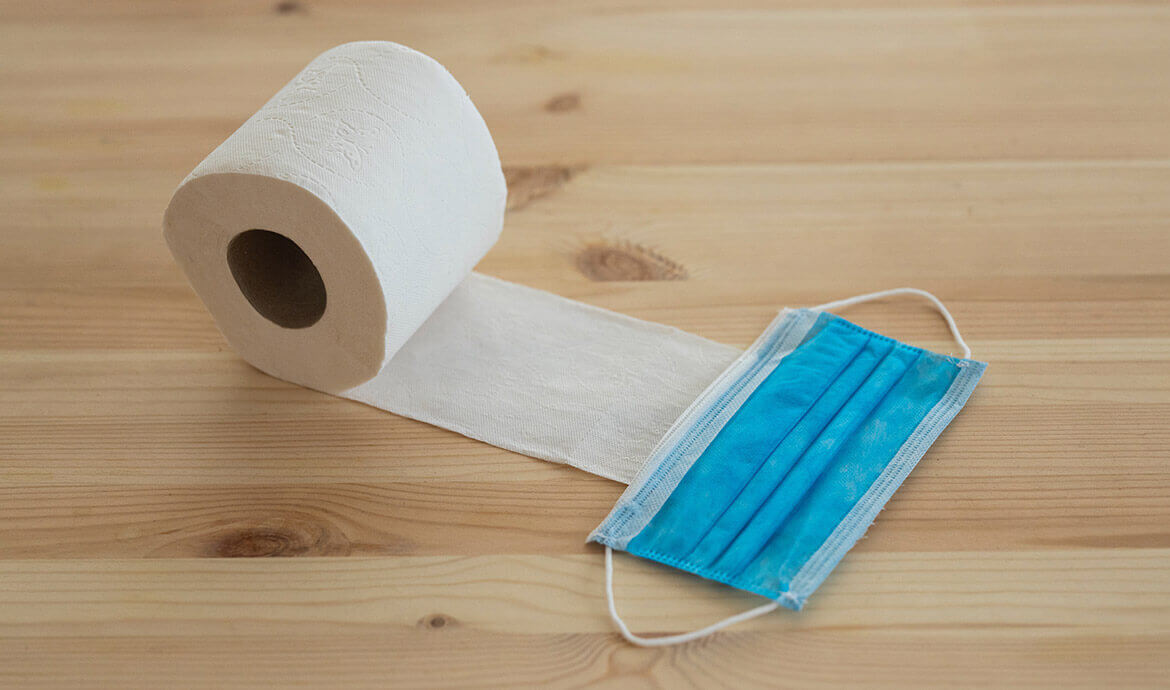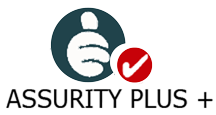- Your cart is empty
- Continue Shopping
Are Face Shields as Effective as Masks
- Continence Care, Uncategorized
- Posted on
-
by rafay

What could be the best alternative to glasses that get foggy or masks that spread all over your face imparting a hot and messy sweat all over your face? The answer is a face shield. You see a lot of workers and medical staff using it during their work. But are face shields as effective as masks. A primary concern is to stay safe from viruses and bacteria.
According to a 2014 study, when scientists put face shield against an influenza virus at a distance of 18 inches, it reduced the exposure by 96%. This examination was held right after a cough.
In health care settings, face masks have been in discussion for a while, but it has been boosted in this Corona situation. Medical staff and industrial workers use face shields for a variety of purposes. However, in medical fields, surgeries, where bodily fluids, blood, or bone fragments could get into the mouth, nose, or eyes are few areas where face shields are in great demand.
What Must You Know Before Wearing A Face Shield?
It is simply a curved plastic panel attached to a headband that you can wear over your face. Wear it in a fashion that there isn’t a gap between your forehead and the band. Make sure that the shield is extended beyond the chin. As it covers all the face down to your chin, it protects your eyes, nose, and mouth. Such coverage is ideal as the new variant of Coronavirus can invade the body through these points. It covers the wearer’s entire face. Even if you sneeze or cough, it still lets the droplets out better than wearing a mask.
So, when buying face shields, whether a single piece or in bulk, make sure it is high quality and covers all your face, i.e., ears on side and chin down.
How Do Masks Work?
When we cough or sneeze, face masks absorb the droplets. Face shields don’t. It is highly suggested that if you opt to wear a face mask, sanitize it regularly. Bacteria or viruses stay better or plastic than porous materials like paper, cardboard, or cloths. Sterilize it with soap, water, an alcohol pad, or an antibacterial wipe.
CDC (Center for Disease Control and Protection) recommends that you should wear a disposable face shield only once. If you want to wear it repeatedly, go for a non-disposable face shield.
In case your face shield gets cracks or becomes damaged, discard it. Face shields are inexpensive, and you can get these in bulk quickly. So, ditch the damaged one and get a fresh piece.
Can We Use Face Shields Every day?
Center of disease control and prevention (CDC) discourages face shields for everyday use as an alternative to cloth face coverings. However, some individuals do choose a face shield when they come in close contact with other people. In such situations, it is advisable to wear a mask underneath the face shield and maintain a physical distance if possible. It reduces the risk of infection because face shields contain openings at the bottom. The CDC recommends wearing a mask underneath a face shield that is extended down the chin. CDC advises avoiding the use of face shields for infants. On the contrary, you can wear a face mask anywhere at any time of the day. It answers the query that are face shields as effective as masks.
How To Clean A Face Shield?
If you are purchasing a face shield for personal use, you better wear a face mask inside to reduce the potential risk of exposing yourself to COVID-19. Clean it after every use.
For this purpose, submerge the protective shield in warm, soapy water to ward off any contaminants and gently wash the surface with a soft cloth or sponge. You can also clean the headpiece separately. If you have antibacterial wipes available at home, clean the shield with them. Be careful because it can leave a residue.
You can disinfect your face shield using 70% isopropyl alcohol wipes. Never use a window or a household cleaner on your face shield. These cleaners are harsh and can damage the protection.
Pros And Cons of Using Face Shield
In combination with face masks, face shields protect against microorganisms, including Corona Virus. But how does it feature separately? Let’s have a deeper look at its pros and cons.
Pros
Hard to wear incorrectly
Usually, masks tend to slip under the nose or, in a worst-case scenario, entirely off the face. But, on the contrary, it is tough for one to wear it incorrectly as it is straightforward to adjust. Just make sure you position it correctly, and your job is done.
Easy to find
Face shields are everywhere these days. From expensive to inexpensive and from low to high quality, face masks are available in bulk amounts. But, of course, the best place to get them is the internet.
Face touching
Face shields are a constant reminder that individuals cannot touch their face, hair, and eyes. In this way, keep them safe from any virus or bacteria that could contaminate their face.
Cons
Uncomfortable to wear
Face shields are bulky and uncomfortable to wear, especially those covering the sides of the face for maximum protection. They also get a bit steamy and foggy making it more challenging for the wearer. In addition, they have to speak louder to communicate with others.
Stay away from low-quality shields.
Always go for face shields that cover the sides of your face. The face shield is sealed from the top. Never use reusable protection without cleaning or sanitization.
Cannot prevent COVID-19 alone
When used alone, it doesn’t serve the purpose as desired. So always wear a facemask inside it and also take other preventive measures for maximum safety.
What Is More Effective?
Currently, face shields are not recommended by the Centers for Disease Control and Prevention (CDC) for use in public places, especially if one is planning to use them as a substitute for face masks. Yes, you can wear it in addition to the face mask, but not solely. Moreover, the agency doesn’t advise even wearing it along with a face mask if the wearer has potential exposure to Corona Virus. The individual with severe illness should do the same.
Conclusion
A recent JAMA study showed that when health workers used face shields alongside face masks and other protective equipment, the rate of acquiring the virus dropped to zero 0%. Similar findings were published in the Lancet. According to this study, people who protected their eyes well in this pandemic reported way fewer cases of acquiring this disease than those who didn’t. These researches answer the question that are face shields as effective as masks. So, it makes the point clear that whether you use a facemask, face shield, or both, always go for as many protective barriers as you can. In this way, the chances for you to get infected will be minimal, if not zero.










